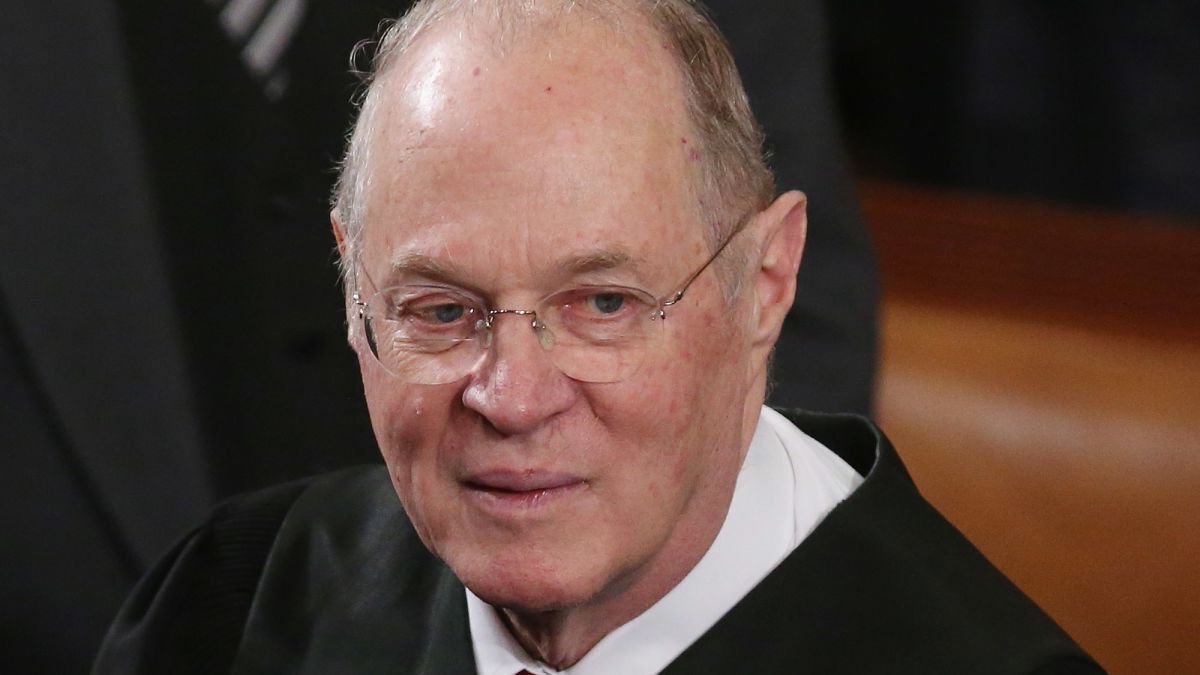
Urban planning is an important field that plays a crucial role in shaping our cities and urban environments. It involves the design and organization of space, taking into consideration various factors like infrastructure, transportation, housing, and environmental sustainability. Urban planners are the professionals responsible for creating and implementing these plans, with the aim of improving the quality of life for residents and ensuring sustainable and balanced development.
In this article, we will explore 11 captivating facts about urban planners and their work. From their historical roots to the impact they have on our cities today, these facts will provide insights into the fascinating world of urban planning. So, let’s dive in and discover some intriguing aspects of this dynamic profession!
Key Takeaways:
- Urban planners shape cities by considering factors like sustainability, social equity, and technological advancements to create vibrant and livable urban environments for everyone.
- They constantly evaluate and revise their plans, engage with stakeholders, and prioritize public spaces to ensure the long-term well-being of communities and residents.
Urban planners play a crucial role in shaping cities.
Urban planners are responsible for designing and implementing strategies to optimize land use, transportation systems, and infrastructure in urban areas. They make informed decisions to create sustainable and livable cities for residents and visitors alike.
Urban planners consider a wide range of factors in their work.
From population growth and economic development to environmental sustainability and social equity, urban planners take into account various aspects when designing and managing urban spaces. They strive to strike a balance between growth and preservation, ensuring the long-term well-being of a community.
Urban planners use advanced technology in their planning process.
With the advancements in Geographic Information Systems (GIS) and data analysis tools, urban planners can analyze large datasets and simulate different scenarios to make informed decisions. This technology helps them visualize and predict the impacts of their planning decisions on the urban environment.
Urban planners engage with multiple stakeholders.
Collaboration is key for urban planners. They work closely with government agencies, developers, community groups, and residents to gather input, address concerns, and ensure that the planning process is inclusive and transparent. This engagement helps create a sense of ownership and pride among the residents.
Urban planners focus on creating sustainable cities.
As our world faces environmental challenges, urban planners play a vital role in creating sustainable cities. They promote green infrastructure, support public transportation, and encourage smart growth practices to reduce pollution, conserve resources, and enhance the quality of life for urban dwellers.
Urban planners consider social equity in their planning decisions.
Urban planners are advocates for social justice. They strive to create inclusive communities by ensuring equal access to public services, affordable housing, and recreational spaces. They aim to address historical injustices and promote a sense of fairness among all residents.
Urban planners analyze demographic trends.
By studying population growth, migration patterns, and demographic changes, urban planners can forecast future needs and plan accordingly. This analysis helps them anticipate the impact of urbanization and design strategies that accommodate the evolving needs of the population.
Urban planners encourage mixed-use developments.
Mixed-use developments, which combine residential, commercial, and recreational spaces, are becoming increasingly popular. Urban planners recognize the benefits of such developments, as they promote walkability, reduce commuting time, and create vibrant and lively neighborhoods.
Urban planners prioritize public spaces.
Public parks, plazas, and gathering spaces are essential in creating a sense of community and improving the quality of life in cities. Urban planners allocate space for these public areas, considering the need for relaxation, recreation, and social interaction.
Urban planners adapt to technological advancements.
The rapid evolution of technology impacts urban planning practices. Urban planners stay updated with emerging trends, such as smart cities, autonomous vehicles, and digital infrastructure, to incorporate innovative solutions into their planning strategies.
Urban planners constantly evaluate and revise their plans.
Urban planning is an ongoing process. Planners regularly assess the effectiveness of their strategies, gather feedback, and adapt to changing circumstances. This flexibility allows them to refine their plans and make necessary adjustments to meet the evolving needs of the community.
Conclusion
In conclusion, urban planners play a vital role in shaping and transforming our cities. They are responsible for creating sustainable, functional, and aesthetically pleasing environments that meet the needs of the community. Urban planners possess a unique combination of analytical and creative skills, enabling them to navigate complex urban challenges and implement effective solutions.From designing transportation networks to revitalizing neighborhoods, urban planners have the power to make a significant impact on the way we live. Their work involves careful consideration of factors like population growth, infrastructure development, and environmental sustainability. By understanding the needs and aspirations of the community, urban planners can create spaces that promote social interaction, economic growth, and overall well-being.Whether it’s implementing smart city initiatives, promoting walkability and accessibility, or preserving historical landmarks, urban planners are at the forefront of shaping the future of our cities. Their dedication and expertise ensure that our urban spaces continue to thrive and evolve in ways that benefit all residents.In a rapidly changing world, the role of urban planners will only become more crucial. By embracing innovative technologies, engaging with the community, and prioritizing equity and inclusivity, they can lead the way in creating cities that are vibrant, sustainable, and resilient for generations to come.
FAQs
1. What does an urban planner do?
An urban planner is responsible for designing and developing cities and communities. They analyze land use, infrastructure, transportation, and environmental factors to create plans that promote sustainable and functional urban environments.
2. What qualifications are required to become an urban planner?
To become an urban planner, one typically needs a bachelor’s degree in urban planning or a related field. Some positions may require a master’s degree. Additionally, acquiring work experience and obtaining certification can enhance career prospects in this field.
3. How does urban planning contribute to sustainable development?
Urban planning plays a crucial role in sustainable development by integrating principles of environmental, social, and economic sustainability into the design and management of cities. This includes promoting renewable energy, efficient transportation systems, green spaces, and reducing carbon emissions.
4. What challenges do urban planners face?
Urban planners face various challenges such as population growth, limited resources, community engagement, and balancing development with environmental preservation. They must also consider factors like affordable housing, transportation accessibility, and social equity.
5. How can urban planning improve the quality of life in cities?
Urban planning can improve the quality of life in cities by creating well-designed public spaces, providing efficient transportation options, promoting affordable housing, and fostering a sense of community. It also involves revitalizing neighborhoods, preserving cultural heritage, and promoting inclusivity.
Urban planners shape our cities, but what about the people who inhabit them? Population trends, unique city designs, and transportation infrastructure all play vital roles in urban development. Explore astonishing facts about global population growth, learn how Brasilia's distinctive layout sets it apart, and gain insights into Bethlehem, Pennsylvania's transportation network. By understanding these key elements, you'll appreciate the complex interplay between urban planning and the communities it serves.
Was this page helpful?
Our commitment to delivering trustworthy and engaging content is at the heart of what we do. Each fact on our site is contributed by real users like you, bringing a wealth of diverse insights and information. To ensure the highest standards of accuracy and reliability, our dedicated editors meticulously review each submission. This process guarantees that the facts we share are not only fascinating but also credible. Trust in our commitment to quality and authenticity as you explore and learn with us.


